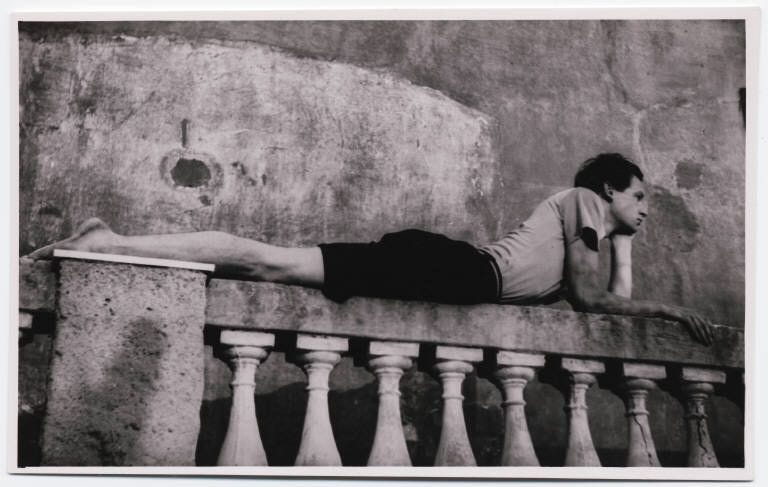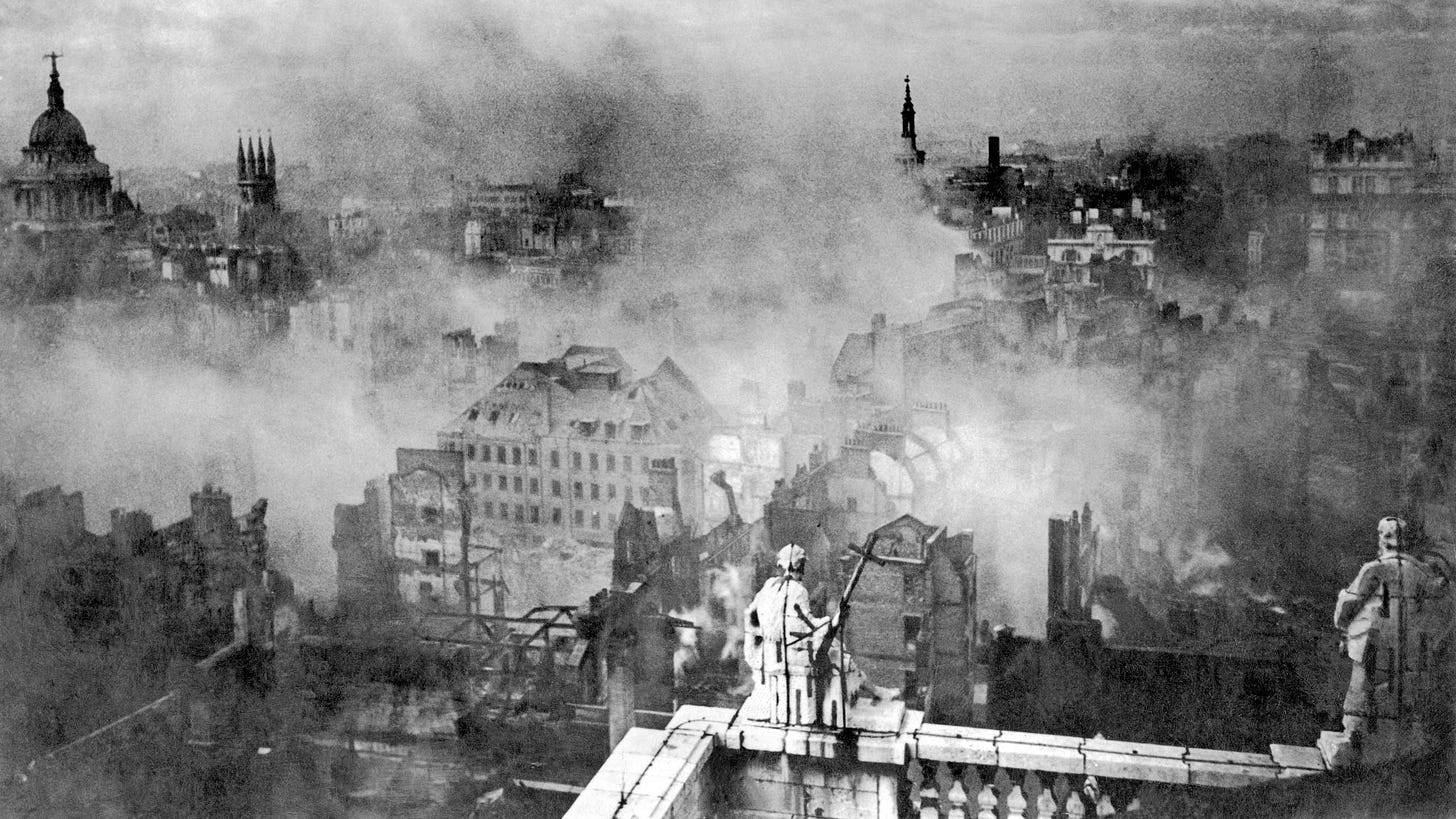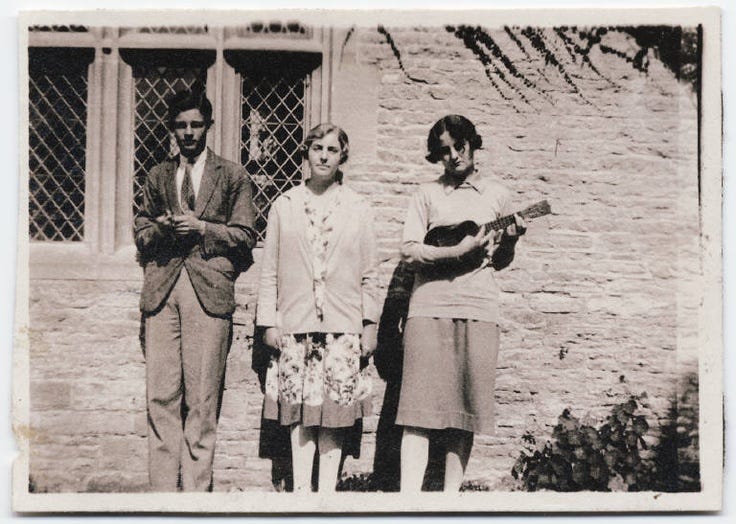Chronicler of a doomed class
The bittersweet diaries of James Lees-Milne
I received a very good book recommendation recently, after mentioning to someone that I was writing a piece about the National Trust (thanks Toby and Alice, if you’re reading). So good, in fact, that I had to ask my editor for an extension just to read some more of it. The recommended text was the diaries of James Lees-Milne, a connoisseur who worked on acquiring country houses for the Trust over several decades, starting in the 1930s. In the edition I got hold of, Diaries, 1942-54, Lees-Milne is a charming, frank and wonderfully acerbic chronicler of a dramatic chapter in British history.
Country houses underwent a strange transformation in the twentieth century. Since time immemorial they had served as the local bases of Britain’s land-owning elites, until the latter’s power started to wane in the wake of the industrial revolution. Then, after the First World War, the houses and their estates began disappearing rapidly, thanks to high taxes and a shortage of domestic workers. Eventually the National Trust decided it had better try to save some of them. Many of these buildings were rare historical artefacts, not to mention being very beautiful, with magnificent gardens and artistic collections to boot. Lees-Milne was hired in 1936 as secretary of a newly formed Country Houses Committee. He had the delicate task of negotiating with the owners of properties to determine whether and how they could be transferred to the care of the Trust.
Lees-Milne started keeping a diary during the Second World War. With last week marking 80 years since VE Day, it seemed like a good time to go back and read his descriptions of wartime England. They are quite moving, though also rather bleak. Everyone is cold all the time. An ocean of despair seems to lurk just beneath the surface of every room, every conversation. And especially traumatising for Lees-Milne, London had been bombed to pieces. After visiting an area near St Paul’s Cathedral, he writes:
It was like wandering in Pompeii. … There was not a breath stirring, only the seagulls wheeling and skirling over the ruins. Not a sound of traffic when I was in the midst of the isolation. From one spot there is waste land visible as far as the eye can roam.
The next lines are revealing: “Unfortunately the ruins are not beautiful, too like scarred flesh, and as yet untoned by time.” Lees-Milne views the war, like just about everything else, in terms of his love of beauty, architecture and history.
This produces some eccentric results, morally speaking. The spirit of the aesthete is cosmopolitan; it can transcend distinctions of us and them, like the hatred between nations at war. But it can also transcend distinctions of good and evil, or at least trivialise the fate of mere human beings by subordinating them to art as the highest good. Lees-Milne denounces the British bombing of Lübeck no less than the German reprisals against Bath, describing both attacks as “sheer barbaric bloody-mindedness, anti-culture and anti-all that life stands for.” Yet this outrage leads him to flirt with the idea that “all civilised people” favour a peace with the Nazis, so that the destruction of heritage can stop. Speaking to some working-class evacuees from the bombing, Lees-Milne finds they “particularly deplore warfare against women and children,” but to his consternation are much less bothered by the destruction of cathedrals and churches. His judgement: “Philistines!”

Like most good diaries, Lees-Milne’s track his inner life and the world around him simultaneously. They carry you along on a spontaneous stream of observations, digressions and images. Passing a church in Hertfordshire, he stops to visit the grave of a former employer, and thinks to himself “how odd that that well-groomed body which I had known so well in its dapper Saville Row suits was rotting within a few yards of me, in this intense northern cold which he hated.” People and places are deftly sketched. Lees-Milne writes of the fashion photographer and dandy Cecil Beaton, “He is quite grey, and darts like a bird. He is flagrantly Twentyish.” (Beaton was almost forty at the time, which only makes the portrait more apt). A midlands landscape is lovingly recorded as “most luscious, low-lying Worcestershire country, my very favourite – under the lee of the Malvern hills, so long-back, naked, nobbly and impressive.”
Lees-Milne hovers between various social milieus, but most intriguing is his relationship with the titled families that own the country houses he scopes out for the Trust. I suppose my own view of the aristocracy is fairly romantic. Posh people are still the stock villains of British life – the group you are encouraged to dislike, even if you belong to it – but there is a reason they now tend to be labelled as “middle class.” The nobility and gentry that used to govern the country are a thing of the past; we are now ruled by middle managers, career politicians and oligarchs, even if they send their children to schools once reserved for the upper classes. So I try to appreciate the culture and achievements of Britain’s former aristocracy in much the same way as I appreciate those of the Qing, Mughal or Ottoman elites.
Lees-Milne takes a similar perspective, the difference being that he was there witnessing the last gasp of the old order up close. His own father had connections to the gentry, but made a fortune as a Lancashire industrialist, so he was something of a parvenu (which was not uncommon among Britain’s upper classes, of course). This background, together with his artistic sensibility, seems to have left Lees-Milne in the curious position of appreciating the cultural heritage of the aristocracy more than they themselves did. There is a wonderful visit to Norfolk, where he is impressed to find that Lord Hastings “has recently celebrated his family’s 700th anniversary of their lordship of Melton Constable, unbroken from father to son.” But this does not stop Lees-Milne from lamenting his host’s “ignorance of the house’s architecture,” which meant that “he kept dogmatising pompously, and wrongly, about this and that feature.”

At one point, Lees-Milne says of his outlook, “Of course I am a snob, not a social snob but an intellectual one. I like the company of my intellectual superiors.” This is special pleading to an extent, but it does capture something about his attitude to country houses. He had enough aesthetic and critical detachment to recognise in these buildings the glorious death mask of the British aristocracy, even when there was still a living face inside it.




Splendid text. Lees-Milne seems to have been a charming man indeed. So British and so Dostoevsky in his consideration of beauty. Beauty is everywhere, saving and infinite. As it is written in Ecclesiastes: „All the rivers run into the sea, yet the sea is not full”. If you don't appreciate the fine arts, you find beauty (or perfection) in sports, in science, in the work of a man. There are so many ways... you just have to hit the road.
Nicely done, Wessie, as always. Does "Twenty" refers to the man acting younger than his age, or dressing in outmoded fashion?